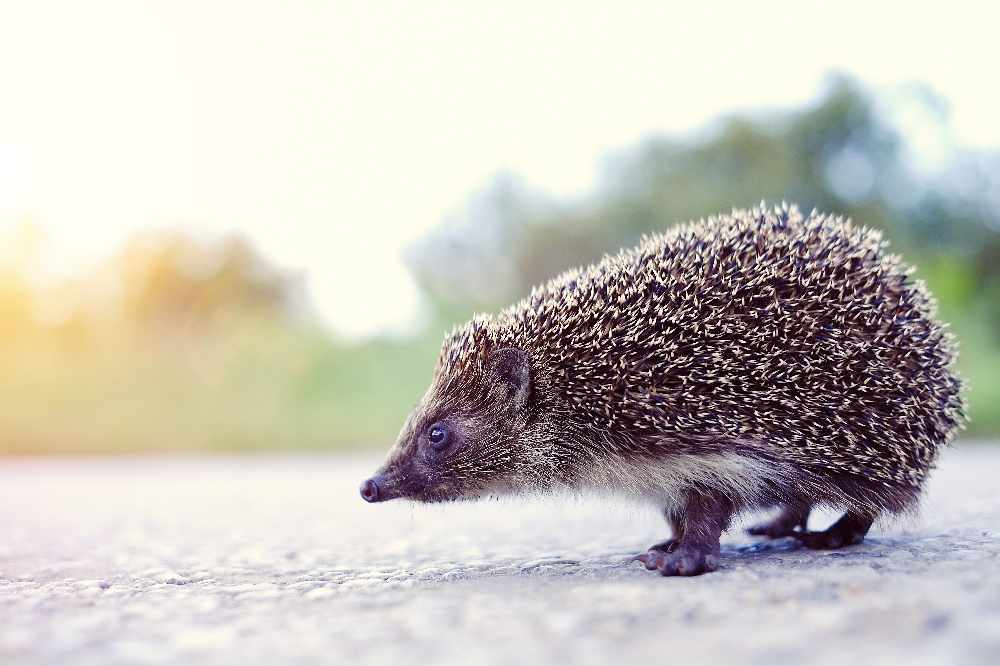
A new review outlining the impact of road mortality on native European hedgehogs has been published in the online scientific journal Animals.
The paper, titled ‘Impacts and Potential Mitigation of Road Mortality for Hedgehogs in Europe’ consolidates current knowledge about why road networks — and road users — are potentially so detrimental to not just our native hedgehogs, but also the other four hedgehog species found in Europe. The review also identifies gaps in research, such as understanding how different individual hedgehogs perceive, cross and are impacted by road networks.
PhD Student Lauren Moore, from Nottingham Trent University (NTU), led the review which is jointly funded by wildlife charity People’s Trust for Endangered Species (PTES) and NTU. The University of Cambridge, the University of Reading and Cardiff University are also partners in this ongoing research into the impact that UK roads and traffic are having on native hedgehogs.
Lauren Moore, PhD Student (NTU’s School of Animal, Rural and Environmental Sciences), explains: “Roads are a substantial problem; they create barriers which fragment the natural landscape, preventing hedgehogs — and other wildlife — from accessing food, shelter and mates. This can lead to local populations becoming isolated, potentially increasing the risk of local extinction. In addition to this, traffic on roads is also an issue and hedgehog roadkill is sadly a very familiar sight both in the UK and in Europe. It is possible that both are major factors contributing to the ongoing decline of hedgehogs, which need to be further understood so we can find out how to best protect hedgehogs.”
The paper also examines the effectiveness of mitigation measures designed to reduce roadkill numbers and avoid population isolation. These include road crossing structures (tunnels or ‘green bridges’), and improving natural habitats surrounding roads, so that hedgehogs can thrive without needing to cross a road. Traffic calming measures such as speed bumps and warning signs could be effective too, and at a lesser cost. In fact, Hedgehog Street — a national campaign by PTES and the British Hedgehog Preservation Society (BHPS) — is creating guidance for local authorities showing where to place hedgehog road signs, warning road users of their presence.
Lauren adds: “Road casualty estimates may be as high as 335,000 hedgehogs per year in the UK. This is alarming, especially since we don’t have robust population estimates. Although we know some hedgehogs use road crossing structures, we don’t yet know how effective these solutions are at a population level. In order to address these issues, future studies are necessary to monitor mitigation measures over a longer period of time, enabling us to spot changes in populations and confidently link them to the measure(s) in place. We also need hedgehogs (and other wildlife) to be considered during the early stages of planning and road construction.”
Members of the community can help conservationists understand the impact of roads to hedgehogs too, by recording any sightings of hedgehogs — dead or alive — on Hedgehog Street’s BIG Hedgehog Map.
Nida Al-Fulaij, Grants Manager at PTES says: “With thousands of hedgehogs killed on UK roads every year the continuous development of road networks, without any mitigation, puts this already endangered species at even further risk. It’s paramount that Lauren and colleagues find out what mitigation measures could offer the best solution for both hedgehogs and humans. Anyone can help, so if you see a hedgehog on the road — dead or alive — please record it on Hedgehog Street’s BIG Hedgehog Map and/or via PTES’ Mammals on Roads app.”
Hedgehogs, recently listed as Vulnerable to extinction on the Red List for British Mammals, have declined by up to 50% in rural areas and 30% in urban areas since 2000, according to the State of Britain’s Hedgehogs 2018 report published by PTES and BHPS. Tidy, fenced in gardens in urban areas and loss of hedgerows and intensification of agriculture in rural areas are some of the other factors contributing to their decline.
Published in August 2020, this paper is part of a special issue focusing on ‘Applied Hedgehog Conservation Research’. This issue contains 11 papers examining various hedgehog research projects across the UK and Europe, including topics such as hibernation, genetics and diet. Much of this work is funded by PTES and BHPS.
To read Lauren’s paper, click here, and to find out more about Lauren’s wider project click here. For more information on how to help hedgehogs, visit www.hedgehogstreet.org

 Top Tips: Keep Your Pets Safe this Bonfire Night
Top Tips: Keep Your Pets Safe this Bonfire Night
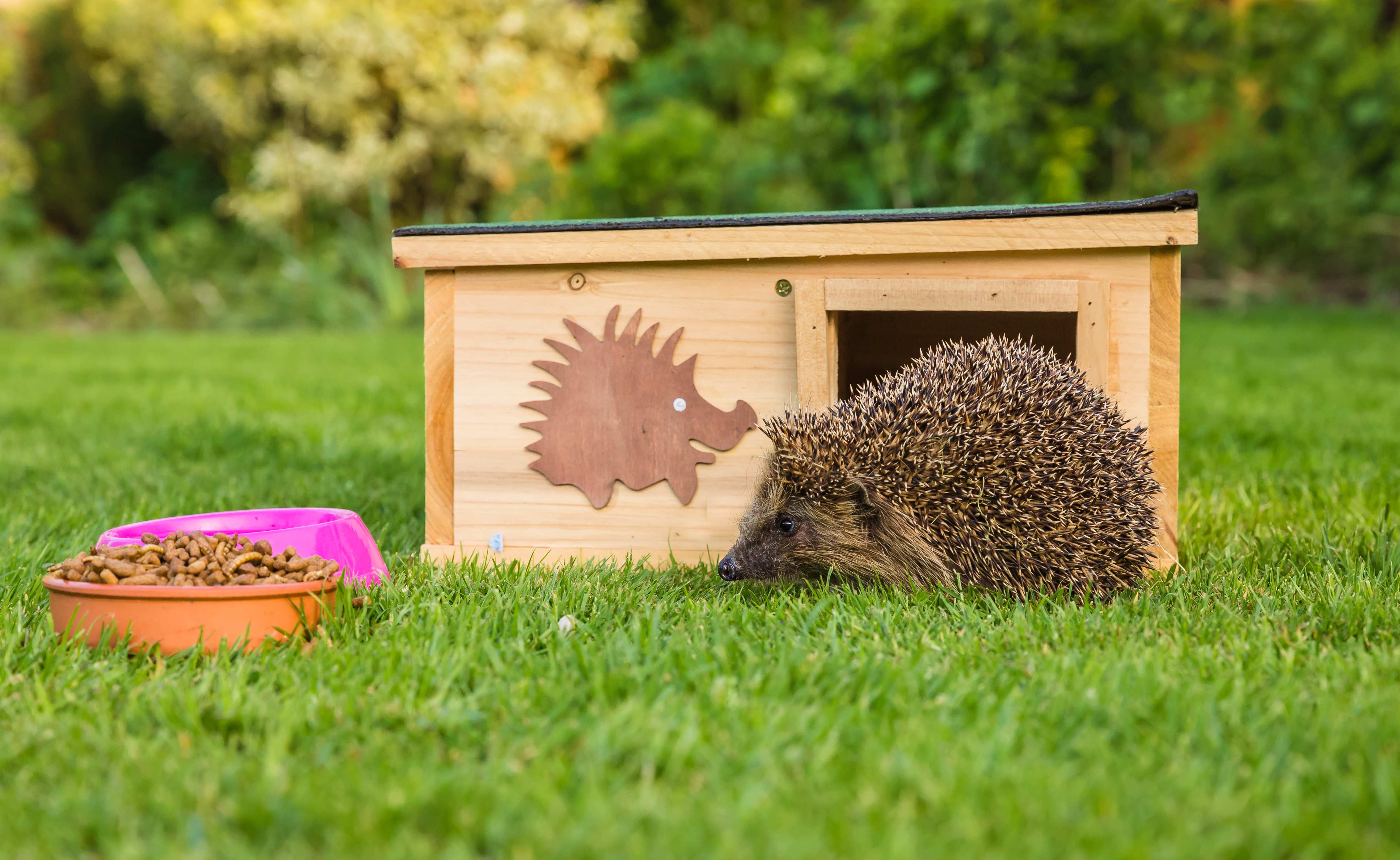 Ten Ways to Help Hedgehogs
Ten Ways to Help Hedgehogs
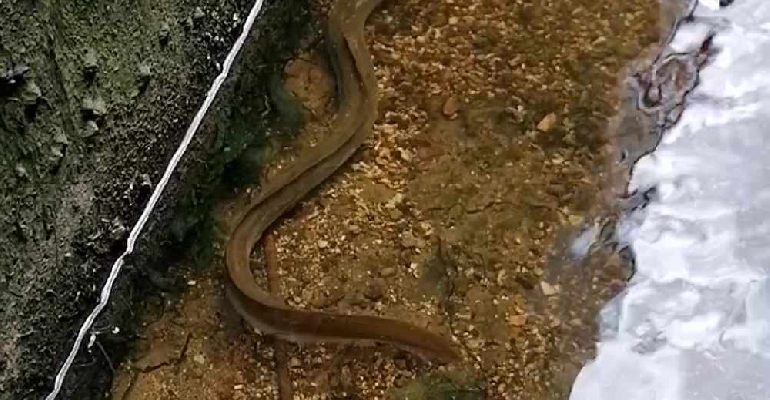 Critically endangered eel found in Wightlink’s Lymington oyster nursery
Critically endangered eel found in Wightlink’s Lymington oyster nursery
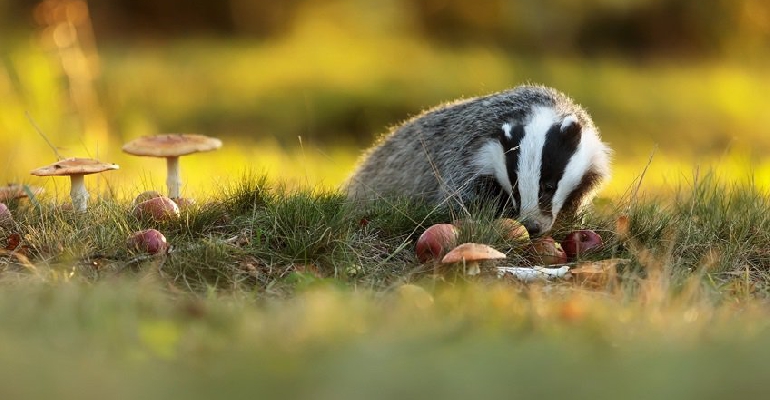 Wildlife charity launches Living with Mammals survey this autumn
Wildlife charity launches Living with Mammals survey this autumn
 The RSPB Big Garden Birdwatch 2021
The RSPB Big Garden Birdwatch 2021
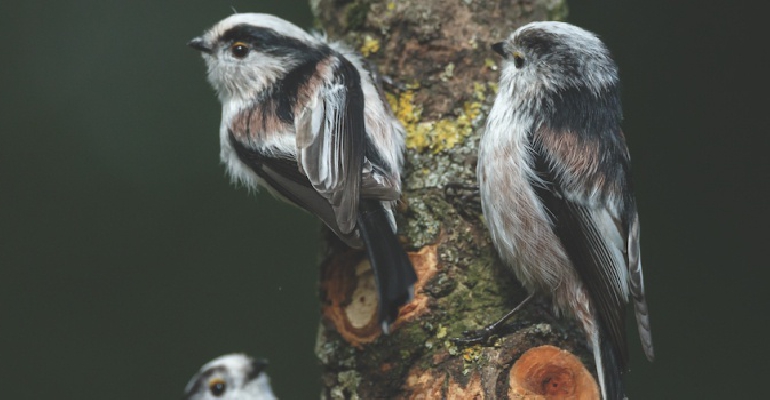 Natural Living: A Flock of Long-Tailed Tits
Natural Living: A Flock of Long-Tailed Tits
 Natural Living: The Sparrowhawk on the Isle of Wight
Natural Living: The Sparrowhawk on the Isle of Wight